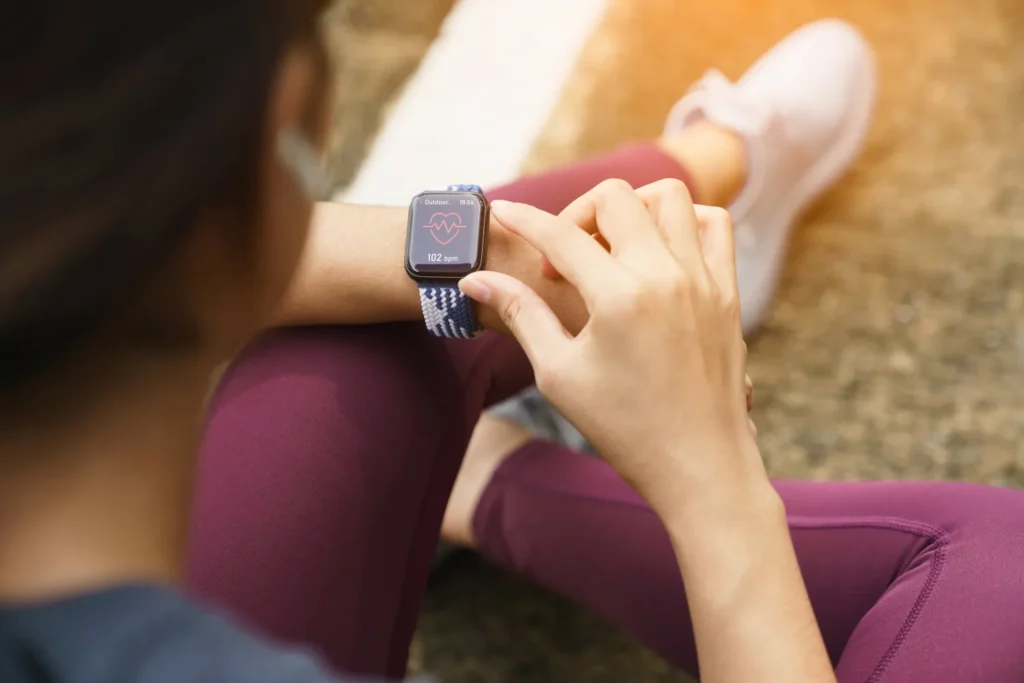
Pilates is a discipline that depends on precise execution of movements, proper posture, and careful attention to breathing. To maximize its benefits, regular practice and continuous adjustments are essential, which can be challenging—especially for those training solo or attending online classes. This is where artificial intelligence (AI) steps in, with innovative applications that enable Pilates practitioners to track and improve their performance by providing real-time, personalized feedback.
Here’s how AI is transforming the practice of Pilates, offering practical solutions for both students and teachers.
1. Real-Time Tracking Applications for Precision in Movements
Pilates benefits greatly from accurate movements, including posture, alignment, and coordination. Errors in execution can reduce the effectiveness of exercises and even lead to injuries. To compensate for the absence of a live instructor, some Pilates applications use computer vision technology to analyze practitioners’ movements. With camera sensors on smartphones or tablets, these applications scan posture and detect alignment errors in real-time.
For example, an AI application might alert the user if their hips are misaligned or if there’s too much rotation during a torso twist. By providing immediate correction cues, these apps enable users to adjust their positions right away, which is particularly helpful for intermediate or advanced practitioners aiming to improve their technique.
2. Monitoring Biomechanical and Physiological Data
Some applications go a step further by using wearable biometric sensors like fitness bracelets or smartwatches. These devices track physiological data such as heart rate, blood oxygen levels, and even stress levels. Combined with AI algorithms, this data allows applications to monitor workout intensity and suggest pauses or adjustments.
In Pilates, where controlled breathing is crucial, AI can also analyze breathing patterns to ensure synchronization with movements, helping users improve body awareness.
3. Customizing Exercises Based on User Progress
One of the most exciting innovations in AI for Pilates is the ongoing personalization of exercises. AI collects and analyzes data on a user’s daily practice (frequency, duration, progression levels) to suggest exercises that suit their specific level and needs. For example, an app might notice that a user has greater flexibility but lacks core strength and recommend exercises that target abdominal and back muscles.
This kind of data-driven feedback supports continuous improvement, as exercises are adjusted based on user performance and goals, maximizing benefits while reducing the risk of plateaus.
4. Virtual Assistance with AI for Teacher Training
For those aspiring to become Pilates instructors, AI also offers training tools that simulate teaching scenarios. Trainee instructors can practice spotting posture corrections and teaching techniques online with AI-based avatars or demonstrations. These simulations give future instructors the chance to practice identifying common errors and learn how to offer clear, precise guidance.
For active instructors, AI tracking applications can also provide a better understanding of students’ progress, allowing them to visualize statistics and each student’s evolution. This facilitates a more personalized teaching approach, even in remote sessions.
5. Data Security and Privacy: A Crucial Concern
Using AI in Pilates involves handling a lot of personal and sensitive data, such as physical performance, preferences, and health information. To ensure data security, applications must adhere to strict data protection standards like GDPR in Europe. Platforms must ensure that all collected data is encrypted and anonymized to prevent information leaks or misuse.
AI-enhanced security technologies can identify and counter potential threats. This reassures users, allowing them to focus fully on their practice without privacy concerns.
6. Enhancing Online Classes and User Experience
With the rise of online Pilates classes, instructors face the challenge of maintaining an interactive and personalized experience for each student. AI tools help teachers offer high-quality feedback and motivate students by providing access to detailed performance reports and progress suggestions. These features contribute to a more immersive and engaging experience, keeping students motivated.
Conclusion: AI, a Key Partner for Pilates Practitioners and Instructors
In conclusion, artificial intelligence is reshaping Pilates practice, offering precision, personalized tracking, and security that enhance training effectiveness and enjoyment. For practitioners, smart applications provide posture correction, technique improvement, and safe progress tracking, while instructors gain new teaching and monitoring tools to refine their approach. In the near future, AI and related technologies are likely to continue enriching and democratizing access to wellness practices like Pilates, benefiting all.
